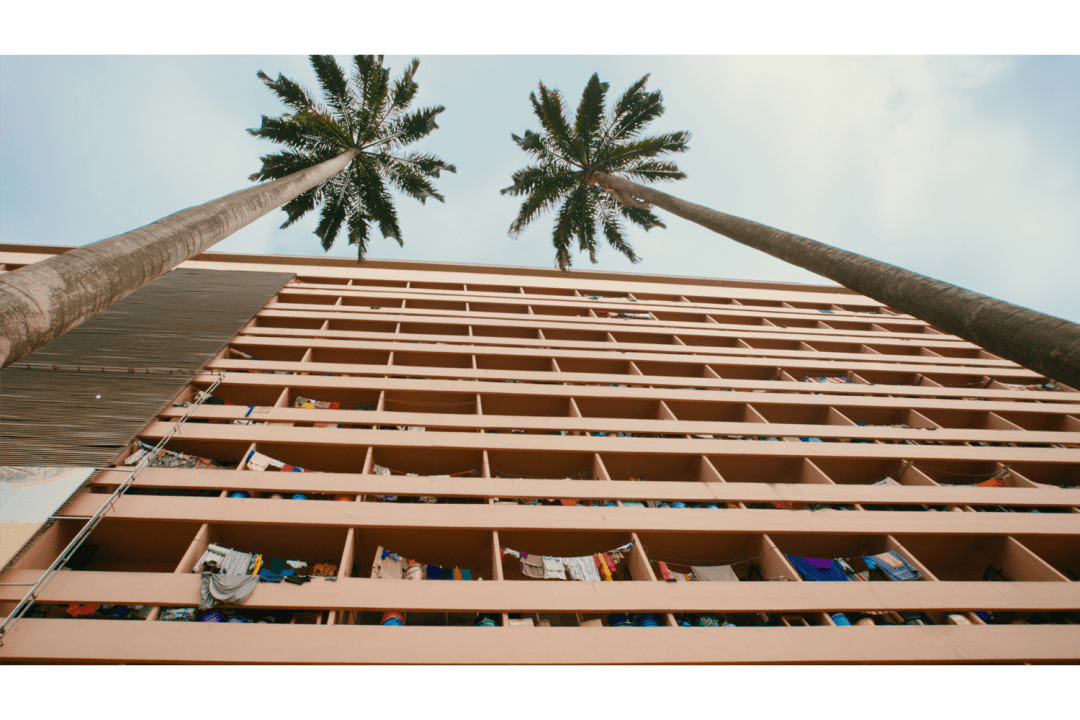My childhood in Hong Kong was shaped by a particular style of building: market halls with brise-soleils sheltering us from the glare; housing-block stairwells with perforated blockwork letting in dappled light and breeze; classrooms accessed from open-air decks, with clerestory windows cross-ventilating the stale, sticky air.
In this sub-tropical ex-British colony, these features defined its mid-century municipal buildings. While the investment in public amenities has since been portrayed as ‘pacification’ to shore up consent for British rule, it also undeniably nurtured – in the wake of a ravaging Japanese occupation – the explosion of Hong Kong’s middle class. This included my parents, who were raised, schooled and housed in such postwar colonial architecture. I only later realised that it had a shared global lineage – and a name: tropical modernism.
Architects had opportunities in West Africa they would never have had in England
It was pioneered by the British architects Jane Drew and Maxwell Fry who adapted modernism to some of these hotter climates. The Colonial Office’s substantial postwar investments allowed Drew and Fry to experiment with significant commissions in West Africa that defined their reputations, and propagated their approaches across the British Empire and beyond. This month, the V&A has launched an exhibition to re-evaluate their legacy in West Africa and India.
The show reflects a post-imperial push across the cultural scene. Last year’s Venice Architecture Biennale, for example, was centred on ‘decolonisation and decarbonisation’ under the curation of Lesley Lokko, the Scottish-Ghanaian architectural educator and airport novelist who has been given an OBE and a RIBA Gold Medal for being a ‘fierce champion of equity and inclusion’. The Tropical Modernism exhibition is an expansion of the V&A’s display from that Biennale.
Unsurprisingly, the wall text highlights the ‘deeply ingrained preconceptions’ and ‘paternalistic approach’ of British administrators. A letter from Fry to Drew (partners in both practice and marriage) is on display, with charming sketches and tender exchanges about their West African projects and marital life.








Comments
Join the debate for just £1 a month
Be part of the conversation with other Spectator readers by getting your first three months for £3.
UNLOCK ACCESS Just £1 a monthAlready a subscriber? Log in